Pro’s moving to Mirrorless? Yes they are!
By Craig Roberts
Are pro’s moving to mirrorless cameras as well as amateurs and enthusiasts? Yes, they are. Is the quality good enough? Yes, it is. Can you still sell the images easily? Yes, you can. Are the images accepted by photo libraries? Yes, they are.
I made the move to mirrorless cameras a couple of years ago and use them for travel and landscape photography. I had intended to invest in the Fuji system with the XE-1, but trying both this and the Olympus E-M5 MK1 at a trade show, in my hands there was no question which felt best and I bought an E-M5 the next day.
The E-M5 has since made way for the E-M1, whilst a faulty E-PL5 was replaced with an E-P5. It’s a great combination of cameras and I have a great set of primes and zooms in the OMD system to cover all eventualities. I don’t like talking gear that much. To me it’s all about the image. The camera is just a tool and whether you choose Olympus, Fuji, Sony or Canon or Nikon for that matter, makes no difference to the end result. It’s the picture that’s important in the end, not what was used to create it.
That said, mirrorless cameras have some great advantages over their digital SLR cousins and whilst they aren’t perfect, each of the Fuji, Sony and Olympus models have their plus and minus points.
The OMD system works for me as a landscape photographer. It suits me, the cameras feel good in my hands and the system matches my way of shooting and produces fantastic results. If I had chosen the Fuji or Sony instead, I’m sure I would have written the same sentence about them for this feature.
I started off buying the selection of primes for the cameras, because I felt the small and compact size of the lenses, especially the Olympus ones, suited the smaller and more compact camera bodies. I love working with prime lenses and I like the discipline they force upon you. They make you consider your viewpoints more. They force you to see the world through their focal length and encourage you to put more thought into whether you should stick with that focal length or swop to another, much more than there would be with a zoom lens. Of course, they are smaller, generally faster and sharper than zoom lenses and everyone should have at least one fixed prime lens in their arsenal to appreciate the limited vision that they offer, which is a bonus, rather than a hindrance.
I do have some zooms and they are useful for certain situations and subjects. There are times when changing lenses all the time is not convenient and so this is where zooms come into their own. Having spent the last 20 years shooting landscapes, I now, like many others, pass on my knowledge though workshops etc. In this changing world of photography, it has often become the way for landscape photographers to earn money from their profession. There’s not many photographers shooting and selling landscape images without using teaching as a way to top up their income.
I use many was of teaching. Through location-based workshops, online courses, text-based articles and more recently through video. This last medium is an exciting one and a way of teaching that the others can’t match. I have a YouTube channel and I also a subscription service run from my website called e6, which offers even more videos and content. I teach about landscape photography and to a certain extent, the advantages of shooting with mirrorless cameras. I will rave about the Olympus system, but appreciate the choices others have made too. They all have their place and as I said at the beginning, the camera is merely a tool for an artist to use (we photographers are artists aren’t we?!)
I love photography and I love shooting with mirrorless cameras, just as I did with my Canon SLR and my Mamiya medium format camera before that come to think of it. I need a camera that suits my needs as a professional photographer. The Olympus does that in bucket loads and I’m happy to use these new breed of cameras as a workhorse for my work.
So, the images in this feature were all captured with Olympus cameras. They make fantastic landscape cameras, yet are equally perfect for street photography too. I’m capturing images that I probably never would have with my Canon SLR and they have made me a more creative photographer. They are part of my evolution as a photographer. Why? Because of their size, their design and their flexibility. Yes, they are just a tool, but if you have great tools to work with, your progress isn’t hindered.
My YouTube Channel:
www.youtube.com/channel/UCqRkV8eRVvxwVStV5May0rQ
My website:
www.craigrobertsphotography.co.uk

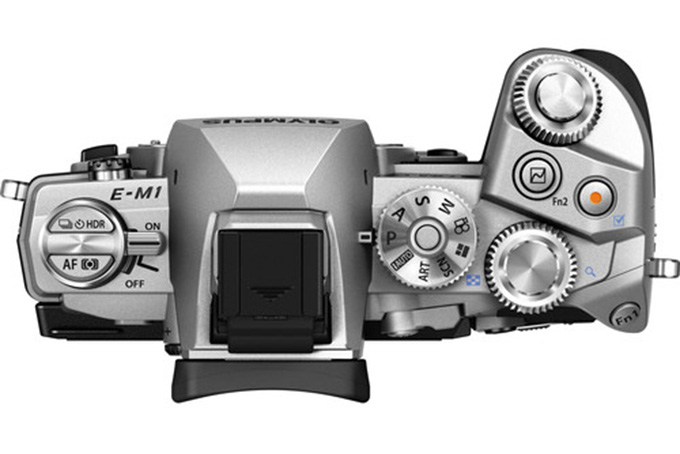
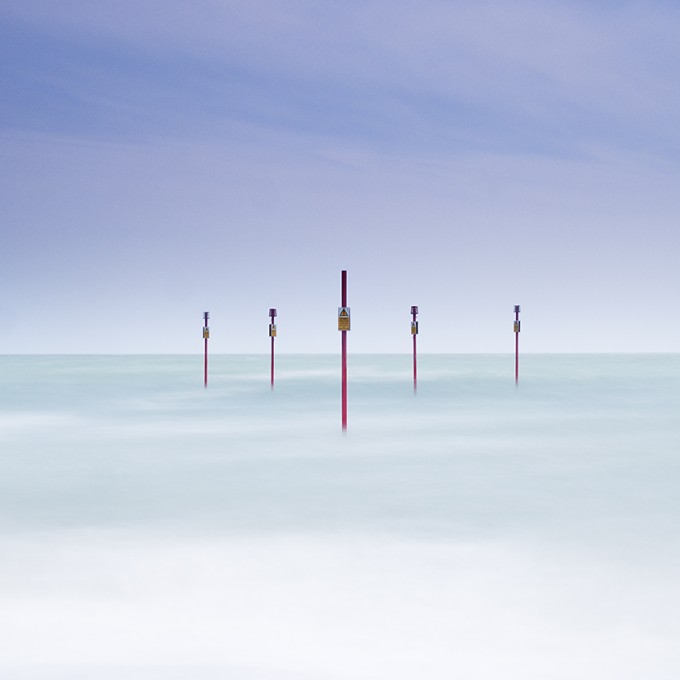
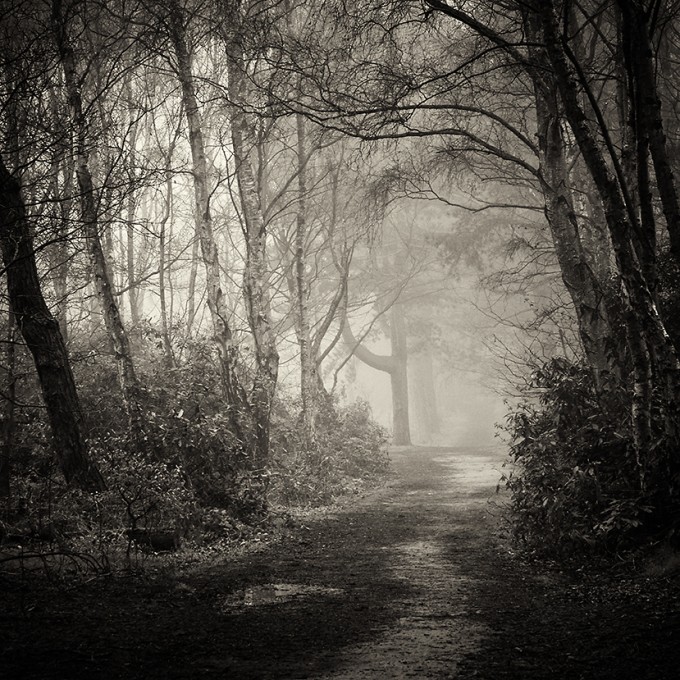
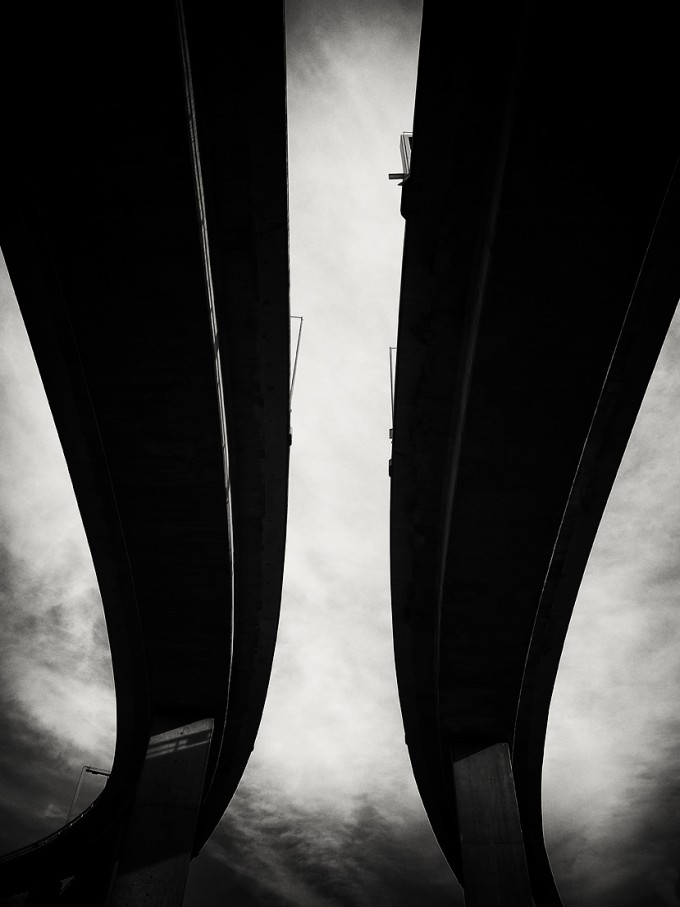
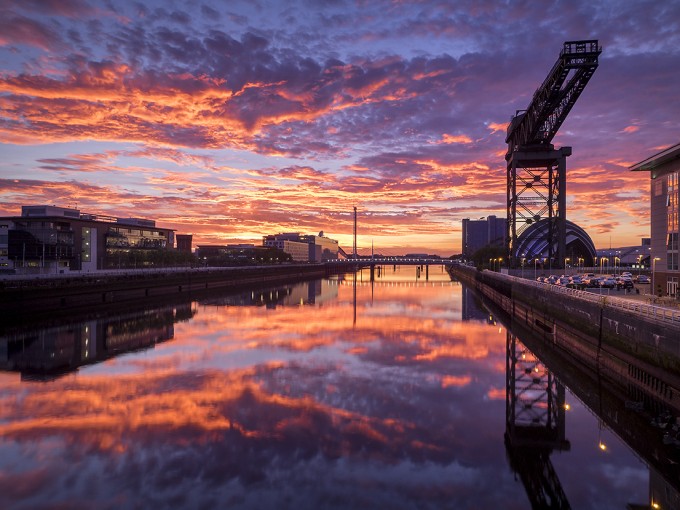
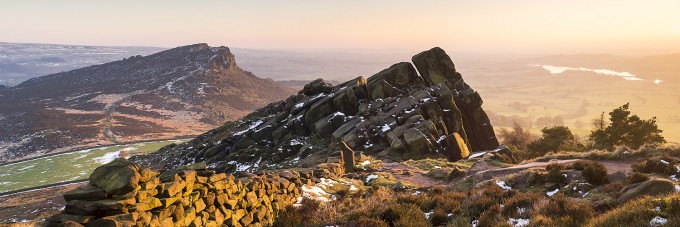
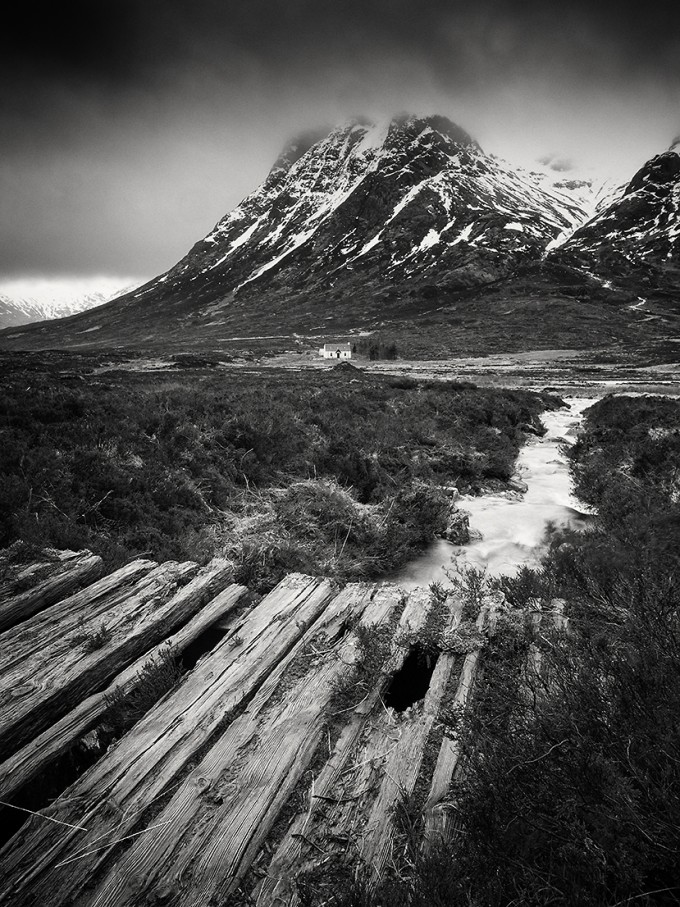
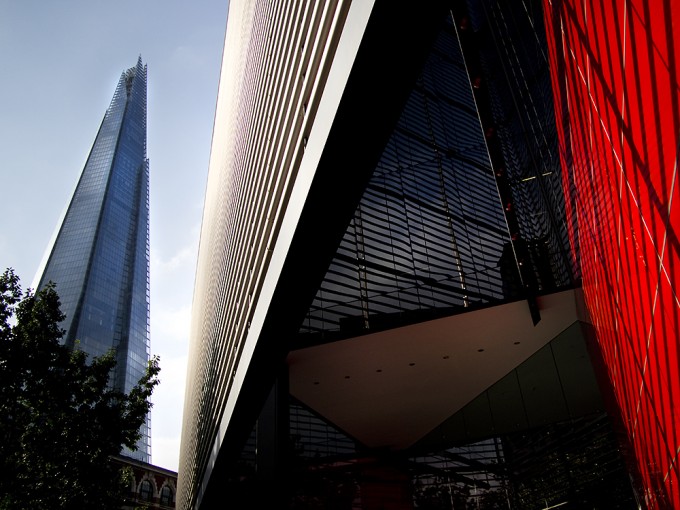
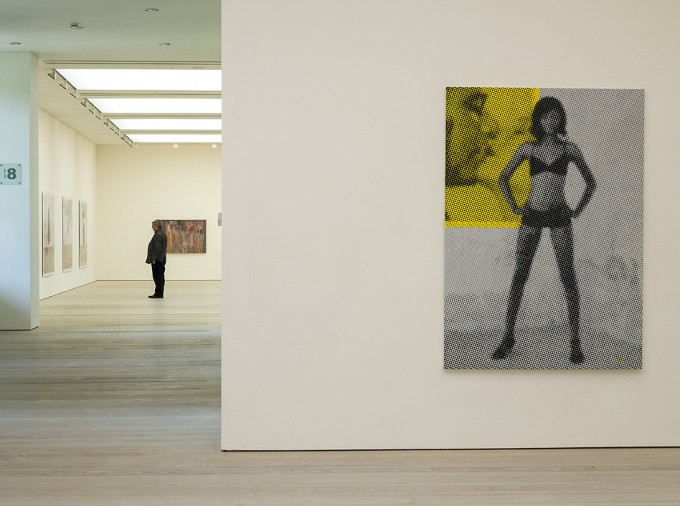
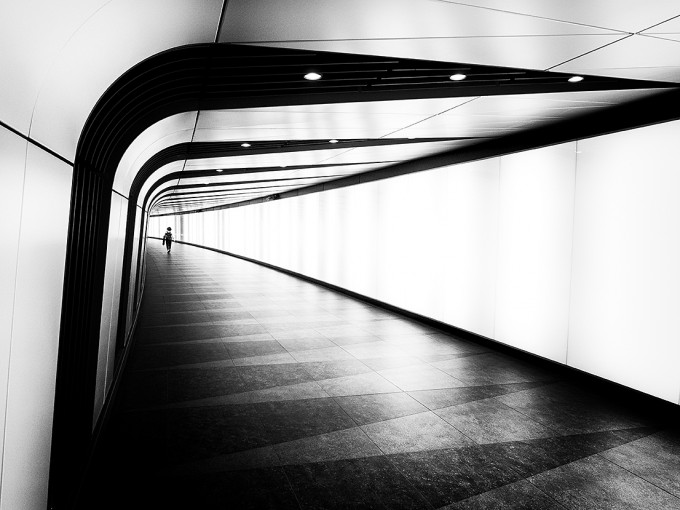
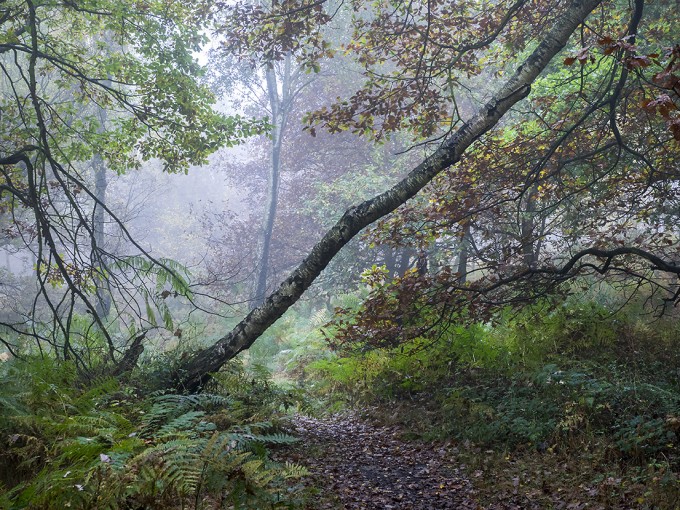

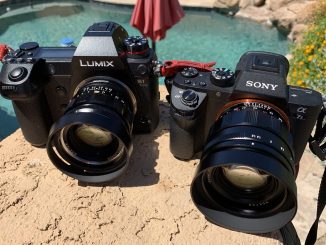
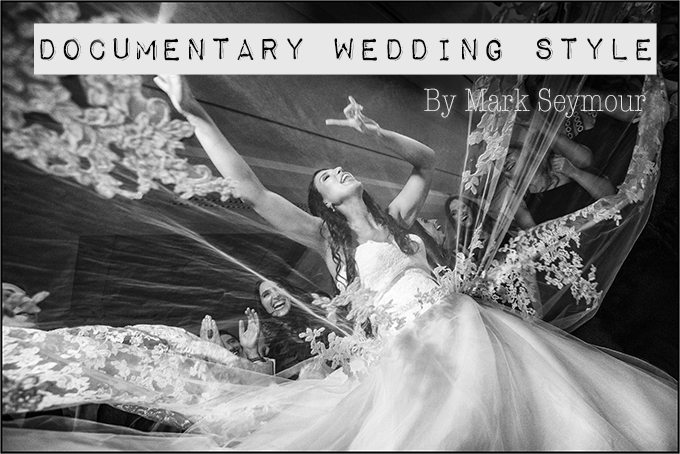
Hi Craig, nice article. I too switched from Canon gear to Olympus…and was caught between the Fuji and Olympus choice. Size of system was my main reason. I didn’t want FF lenses. To big, heavy and expensive. Also, both Canon and Nikon put their pro lens offerings in their FF segment. Fuji and Olympus pro lenses are the right size for their cameras…and the right cost. I was worried about noise with the smaller sensor. But, this hasn’t proven an issue in real world situations at all…mostly because I can open up lenses to their max without razor thin DoF, and the IBIS can give me hand held 2sec exposures which has been great for light trails and motion blur. Since making the switch, I take way more pictures than I ever have before as the size of the Em5MkII is a carry around system…even with the 12-40 f2.8 pro lens attached it fits in the pocket of my winter coat, while I carry the 25mm 1.8f (50mm equivalent) in the other pocket. I missed way too many shots because the big black Canon system remained at home as it seemed to make photography a chore rather than something fun. MFT has brought back the passion. I can see a need for a FF camera but, my personal need is so rare it’s low on the spend priority…a Fuji X100T is much higher on the list.
Hi Andrew. Yes, your thoughts echo my own choices too. I was ready to go with Fuji, until I tried the E-M5. The Olympus is a great urban camera, but exceeds my expectations in the rural landscape too. My Canon gear has gone on ebay this very week, due to lack of use. I just enjoy using mirrorless more than FF. With a 20mp MFT sensor now out, it now makes my 5DMKII redundant and I don’t need 50mp of the 5DS. I’m happy to use MFT at 3200ISO, I love the small lenses, as does my weak back! Spent too many years lugging around heavy camera kit. I enjoy my photography again, both personal and professional. And what better way to confuse jobsworth security guards in cities too!!
Thanks for all the kind comments, it’s much appreciated.
Nice photos, but your tube feed seems to be canon gear
Thanks Richard. Yes, a couple of my videos feature me using my Canon gear, but the majority are of me using the Olympus
All your images are fantastic! The one I really like most is the freeway ramp. I can really see it being blown up on a canvas hanging somewhere like an accent wall.
Stunning photos! Truly a master! May I know why you chose Olympus over Fuji or Sony? It seems landscape photography is where m43 has the least advantage: resolution, noise, and dynamic range…
Hi Yuan. Thanks. The Sony’s hadn’t been released when I first bought my first Olympus and I wanted it to compliment my Canon at the time. As for resolution, noise and dynamic range, I’m more than happy with the resolution from the OMD’s, noise isn’t an issue and as for dymanic range, I use Lee filters to control contrast, so don’t see that as a problem either.
Wonderfully inspiring images!
Love your pictures. Inspires me to do better. I too like shooting with a prime 21mm as my only lens for landscapes and still life. Keep shooting and posting your pixs. Thanks.
Very nice images, Craig. I’m sure your work on any format would be outstanding.
Everyone gets too caught up in the tools. At the end of the day, it’s all about the content. That’s what matters.
Yes, certain tools are better at certain things. The trick is to learn how to maximize the capabilities of the camera you have, and if it isn’t as well suited to the type of photography you do [be it high speed action, or low light, or massive fine art prints … or whatever], then use a different tool.
But all of today’s higher end cameras are *generally speaking* capable of delivering better results than their owners. That includes today’s crop of mirrorless cameras.
Example >> https://www.flickr.com/photos/96049708@N02/with/24781712316/
Great images!
I really like your photos some really great compositions Olympus is doing a great job as are a few other company’s with mirror less thanks for the article
(The camera is just a tool and whether you choose Olympus, Fuji, Sony or Canon or Nikon for that matter, makes no difference to the end result.)
The end result does matter on Sensor Size… It depends what the end use is.
Craig, thanks for the enjoyable writing and the lovely pictures. Your thought really interest me, noting that you do a lot of landscaping work. The fact that you use a 4/3 sensor to do your landscaping shows an acknowledgement that even this so called “small” sensor has now become a magic, that it is not always necessary for a landscaper to chase the “biggest sensor possible with the most amount of pixels for fantastic details”.
I suspect the issue would be if you have to make a huge (and I mean “HUGE”) print, which might be rare. I hope I am not overstating, but I think the modern day 4/3 is capable to print-out an excellent A2 prints these days.
Thanks again Craig.
I expect a little better from this web site.
I find it very very hard to believe the above pictures could not have been taken by a DLSR or a film camera for that matter. A description of how you use your equipment or how you achieved the pictures above, would have been interesting.
As someone said above, this is getting boring.
I think thats the point, those images could’ve been made with any camera. Its what you do not see. and that is the the more portable gear (particularly M4/3). So within these shooting conditions, of Mirrorless can compete.
Of course no one is claiming Sports or Action shooters all throw away their DSLRs.
Hi John
Yes, there is nothing to say the images in my piece couldn’t have been taken with any other camera, but at the same time, illustrate what can be achieved with a mirrorless camera, which for many, is seen as a downgrade from an SLR. Of course Steve uses his site to promote the virtues of mirrorless systems too, so many articles, including mine, are going to clarify this.
I didn’t want my feature to a be ‘how to’ piece, but if you are interested, then my YouTube vids, do offer this kind of insight.
With that said, many of images captured with the Olympus OMD’s for me, wouldn’t have been taken with my Canon SLR, for many reasons, including less weight to carry for day’s city shooting, more inconspicuous due to smaller size, always carried with me, again to smaller size and weight and even some features that have helped with the picture taking process, not found on my Canon. All this without a compromise in image quality.
I can agree with yr assumption that – finally – it is the eye behind the camera that makes a great picture However, I would NOT have changed from my FF Canons to Olympus (E-M1) had I not been convinced the IQ of MFT would suffice to be competitive with the product of my competition. I had the opportunity to work with an EM1 for a couple of weeks (mainly doing stage-photography) until I realized that the only disadvantage of MFT, namely noisier pictures at very high ISO wasn’t really a disadvantage. In my case the great and bright lenses from Olympus (particularly the 2,8/40-150) help me to beat the guys with their huge and heavy guns (2,8/300 and/or 4.0/400) screwed on heavy tripods. Image quality of my E-M1 is definitely as good as any, and the DoF-advantage of MFT (2,8 effectively like 5,6 in FF) is great for theatre, opera, ballet etc. and shooting with wide open lenses give me a gain of one full aperture allowing me to use an ISO range as good as FF DSLR
rgds
Christian
Great pics indeed ! One comment : pro’s have used Leica cameras for > 80 years.
These are beautiful images, thanks for sharing. Yes mirrorles are been use by pros, but under which circumstances? Mostly static subjects, portraits, landscapes, a few ones are starting to shoot weddings, but mostly all have one thing in common, static objects, like the images we can see here. Most shot in control environments, or were you can calmly prepare the shot. Image quality is no issue anymore, but what about battery life, 1 nikon battery is around 3 to 4 Sony A7 batteries, I have a DF which is not know for its focusing speed, and I still find it faster then my A7ii. Its a matter of having the right tool for the right job, but mirrorles completly replacing DSLR, I still dont see it, at least for quite a while 🙂
I believe, in many ways it is a matter of trust. photo-reporters are and have to be very concervative people when it comes to their equipment. they simply shoot with what they are used to and know as being reliable. I remember the times when Nikon introduced electronic elements to their professional cameras (I think it was from F2 to F3) and the photo-reporters were extremely slow in getting used to the new and unknown. Image quality today isn’t the problem anymore. It’s more like speed and reliability. Since I got my Olympus E-M1 it needed service and repair twice in 11 months (and I am definitely not the only OM-D owner, rather the opposite) Olympus offer great lenses, and very high IQ, but how can I recommend a camera like this to a reporter, especially a sports-pro??????
rgds
Christian
Professional sports shooters, by and large, are still shooting with DSLRs for the autofocus benefits [so far].
That being said >> https://www.youtube.com/watch?time_continue=87&v=IxQZDmJyuG8
This is going to be like the argument for film over digital. Great frankly it gets boring, very boring. Who cares what the pros use. It is about the picture, that’s it nothing else.
That’s my point of view too: it’s about the result and how it was made – the story of the image. Anyway, the shots shown are great!
I don’t have a fight either way…I still use DSLR but would use a mirrorless as well if I had one…but with the headline and start of article I was hoping for more than an opinion piece…as in a poll or data collection. I’m sure many of the authors friends or circle of photographers have switched but what if his circle of friends were sports photographers or bird photographers, etc… what does sales of DSLRs versus mirrorless type cameras show? Just felt like I was baited with the headline 🙂
You sound a little defensive to me 😉
He cant include every caveat to switching to mirrorless in a single post, let alone the headline. Craig makes it perfectly clear that he chose the system for landscape photography and the benefits a small system afforded over SLR systems. If we need a disclaimer, then I’ll provide it – DSLR is probably still better for sports photography, and soccer moms still buy plenty of Rebels. .
and they are far better for landscape too, where you want as much dynamic range and resolution you can get. Yes, the A7r (I and II) have good dynamic range and Resolution, but if you shoot them with the pro lenses you want for best results you can as well buy a Body that makes Holding These lenses far more comforable.
Great Pics! Thanks Craig!
I enjoyed reading this, thanks Craig. I particularly liked the shot of the Shard, which I have not seen before from this angle – I will have to look for this view myself next time I am in town.
Regards
Robert